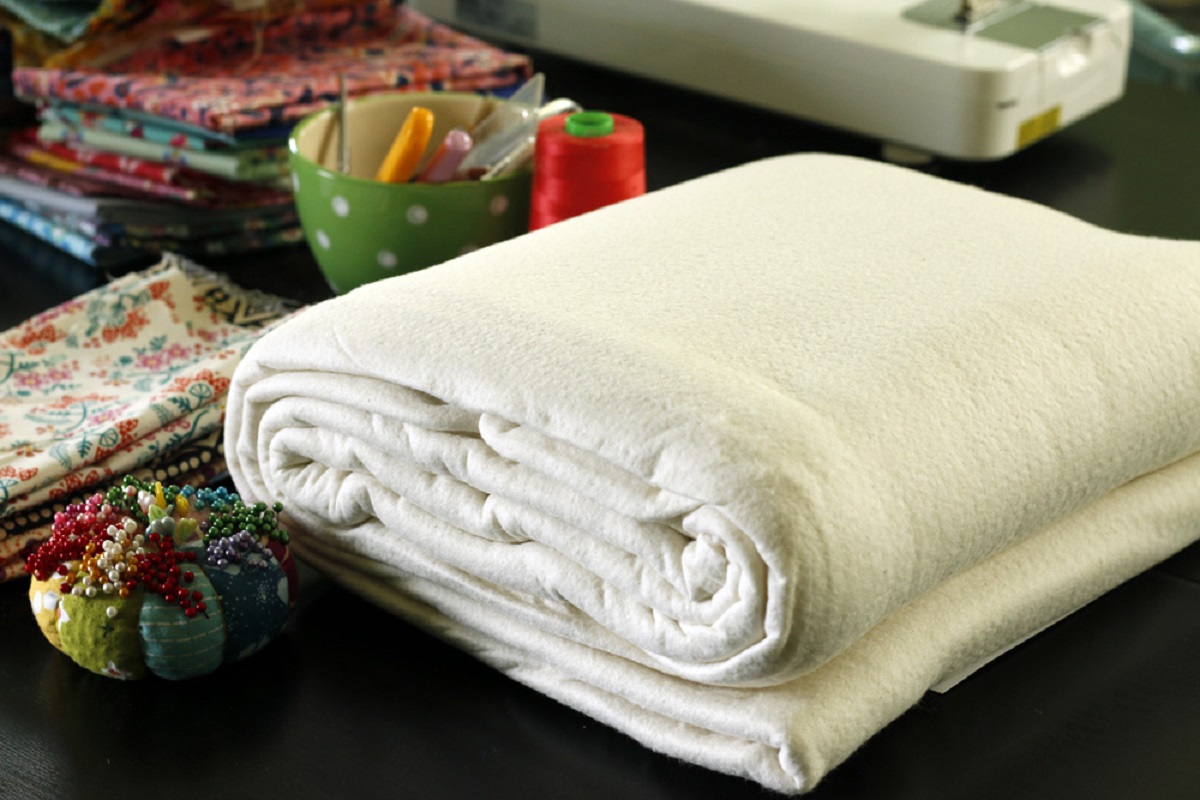

Articles
How Much Batting For A Queen Size Quilt
Modified: February 24, 2024
Discover the perfect amount of batting for your queen size quilt with our informative articles. Explore tips and recommendations from quilting experts to ensure a beautiful and comfortable finished product.
(Many of the links in this article redirect to a specific reviewed product. Your purchase of these products through affiliate links helps to generate commission for Storables.com, at no extra cost. Learn more)
Introduction
Welcome to the world of quilting, where creativity and craftsmanship come together to create beautiful works of art. If you’re embarking on the journey of making a queen size quilt, one crucial element you need to consider is the batting. The batting plays a significant role in the overall look, feel, and warmth of your quilt. In this article, we will explore the different types of batting available for queen size quilts and help you understand how to choose the right one for your project.
Before we dive into the specifics of choosing batting for a queen size quilt, let’s first understand what batting is. In simple terms, batting is the layer of material that goes between the quilt top and the backing. It provides the quilt with loft, insulation, and durability. The choice of batting ultimately determines how lofty, warm, and cozy your quilt will be.
When it comes to selecting batting for a queen size quilt, there are several factors to consider. The type of fiber, loft, and thickness of the batting all play a role in the final outcome of your quilt. Additionally, understanding the different types of quilt patterns and their compatibility with specific types of batting is essential for achieving the desired result.
In the following sections, we will explore the different types of batting available for queen size quilts, including cotton, polyester, wool, bamboo, and blended options. We will delve into their unique characteristics and discuss the benefits and drawbacks of each. Understanding these options will help you make an informed decision based on your personal preferences and the intended purpose of your quilt.
Furthermore, we will discuss the importance of evaluating loft and thickness when selecting batting. Loft refers to the thickness and fluffiness of the batting, which directly influences the quilt’s appearance and warmth. We will provide guidance on how to assess and select the appropriate loft for your queen size quilt.
Lastly, we will address the sizing and preparation of batting for a queen size quilt. Properly sizing and preparing the batting is crucial to ensure it fits the quilt top and backing accurately, minimizing any potential shifting or bunching during the quilting process. We will provide tips and techniques to help you achieve a smooth and successful quilting experience.
So, if you’re ready to dive into the world of batting for a queen size quilt, let’s explore the different types, evaluate the options, and learn how to choose the perfect batting to create your masterpiece.
Key Takeaways:
- Choosing the right batting for a queen size quilt involves considering factors such as fiber content, loft, and thickness. Understanding quilt patterns and proper preparation are crucial for a successful quilting experience.
- Each type of batting, from cotton to blended options, offers unique characteristics and benefits. Evaluating loft and thickness, understanding quilt patterns, and proper preparation are essential for creating a beautiful and functional queen size quilt.
Read more: What Size Is A Queen Size Quilt
Understanding the Batting for a Queen Size Quilt
When it comes to quilting, the batting is the unsung hero that adds structure, warmth, and comfort to your quilt. Understanding the different aspects of batting is essential for choosing the right one for your queen size quilt. Let’s explore the key factors to consider when selecting batting for your project.
The first consideration is the fiber content of the batting. There are various options available, including cotton, polyester, wool, bamboo, and blended materials. Each fiber has its unique characteristics and benefits, so it’s important to understand their properties before making a decision.
Cotton batting is a popular choice for quilts due to its natural, breathable, and lightweight qualities. It provides a traditional look and is easy to work with. Cotton batting also offers excellent heat regulation, making it suitable for both warm and cool climates. However, it may shrink slightly after washing, so prewashing is recommended if you want a less crinkled look.
Polyester batting, on the other hand, is known for its durability and loft. It remains fluffy over time, making it ideal for quilts that need to retain their puffy appearance. Polyester batting is non-allergenic and can be machine-washed and dried without worrying about shrinkage. However, it doesn’t breathe as well as cotton, so it may not be the best choice for warmer climates.
Wool batting provides excellent insulation and warmth, making it perfect for colder climates or winter quilts. It has natural moisture-wicking properties, keeping you comfortable throughout the night. Wool batting is lightweight, yet it can maintain its loft even after repeated use. It’s also resistant to mold and mildew, making it a hygienic option. Keep in mind that wool batting requires special care, such as hand-washing or dry cleaning.
Bamboo batting is a sustainable and eco-friendly option that offers excellent breathability and moisture absorption. It has a silky smooth texture and drapes beautifully. Bamboo batting is naturally antibacterial and hypoallergenic, making it suitable for those with allergies or sensitivities. It’s also machine washable, providing ease of maintenance.
Blended batting combines two or more fibers to take advantage of their individual benefits. For example, you may find a blend of cotton and polyester, which offers the best of both worlds – the softness and breathability of cotton with the durability and loft of polyester. Blended batting provides a balance of comfort, durability, and easy care.
In addition to fiber content, the loft and thickness of the batting are crucial considerations. Loft refers to the thickness or height of the batting, while thickness refers to the density or weight per square inch. The desired loft and thickness will depend on your quilt design and personal preference. Quilts with intricate patterns might benefit from higher loft batting to create more defined quilting lines, while simpler designs may require a lower loft for a smoother appearance.
Now that you have a better understanding of the different types of batting available for a queen size quilt, you can confidently choose the one that suits your needs. In the next section, we will discuss how to evaluate quilt patterns and their compatibility with specific types of batting.
Factors to Consider When Choosing Batting
Choosing the right batting for your queen size quilt is a crucial step in achieving your desired outcome. Several important factors should be taken into consideration during the selection process. Let’s explore these factors to help you make an informed decision.
1. Quilt Functionality: Consider the intended use of your quilt. Will it be purely decorative, or do you want it to provide warmth and coziness? If you’re creating a decorative quilt, you have more flexibility in choosing batting based on loft and appearance. However, for quilts meant for warmth, you may want to consider a thicker, more insulating batting.
2. Quilt Design: The design and pattern of your quilt play a significant role in choosing the right batting. For intricate or detailed designs, you may want to opt for a low loft batting to preserve the details and prevent the quilting lines from overpowering the design. Conversely, for quilts with larger, simpler designs, a higher loft batting can add dimension and enhance the overall look.
3. Quilting Technique: Consider the technique you will be using to quilt your project. Certain batting types may work better with specific quilting techniques. For example, if you plan to do extensive hand quilting, a batting with more loft and stability may be preferable. On the other hand, if you’re using a long-arm quilting machine, a flatter and more stable batting may be easier to maneuver.
4. Allergies and Sensitivities: If you or the quilt recipient have allergies or sensitivities, it’s important to choose a batting that is hypoallergenic and non-irritating. Cotton and bamboo battings are naturally hypoallergenic and suitable for sensitive individuals. Polyester batting is also non-allergenic, but some people may find it less breathable.
5. Washing and Care: Consider the care requirements of the batting. Some battings can be machine-washed and dried, while others may need special care, such as hand-washing or dry cleaning. If ease of maintenance is a priority, opt for a batting that can be easily cared for without compromising its quality.
6. Budget: Cost is also an important factor to consider when choosing batting. Different types of batting vary in price, so consider your budget and how much you are willing to invest in your quilt project. Keep in mind that higher-quality battings may come at a higher cost but can offer better performance and longevity.
By considering these factors, you can narrow down your options and make an informed decision when selecting the batting for your queen size quilt. Remember to choose a batting that aligns with your desired outcome, quilt design, and personal preferences. In the next sections, we will explore the different types of batting available for queen size quilts, delving into their unique features, benefits, and drawbacks.
Different Types of Batting for Queen Size Quilts
When it comes to selecting batting for your queen size quilt, there are several options to choose from. Each type of batting has its own characteristics and benefits, allowing you to achieve different looks and levels of warmth in your quilt. Let’s explore the most common types of batting available for queen size quilts.
1. Cotton Batting: Cotton batting is a popular choice among quilters. It offers a traditional and natural look to your quilt and is known for its breathability and lightweight feel. Cotton batting provides good heat regulation, making it suitable for both warm and cool climates. It is also easy to work with and provides a flat and smooth finish. However, cotton batting may shrink slightly after washing, so prewashing is recommended if you prefer a less wrinkled appearance.
2. Polyester Batting: Polyester batting is known for its durability and loft. It maintains its fluffiness over time, making it ideal for quilts that need to retain a puffy appearance. Polyester batting is non-allergenic and can be machine-washed and dried without worrying about shrinkage. It provides excellent insulation and is a good choice for colder climates. However, polyester batting may not breathe as well as cotton, so it may not be the best option for warmer environments.
3. Wool Batting: Wool batting offers excellent insulation and warmth, making it perfect for colder climates or winter quilts. It has natural moisture-wicking properties, helping to regulate body temperature while providing a cozy feel. Wool batting is lightweight and maintains its loft even after repeated use. It is also resistant to mold and mildew, making it a hygienic option. However, wool batting requires special care, such as hand-washing or dry cleaning, to maintain its quality and shape.
4. Bamboo Batting: Bamboo batting is a sustainable and eco-friendly option. It offers excellent breathability and moisture absorption, keeping you comfortable throughout the night. Bamboo batting has a silky smooth texture and drapes beautifully, giving your quilt an elegant finish. It is naturally hypoallergenic, making it suitable for those with allergies or sensitivities. Bamboo batting is also machine washable, providing ease of maintenance.
5. Blended Batting: Blended batting combines two or more types of fibers to take advantage of their individual benefits. For example, you may find a blend of cotton and polyester, which offers the softness and breathability of cotton with the durability and loft of polyester. Blended batting provides a balance of comfort, durability, and easy care. It’s a versatile option that can cater to different quilt styles and preferences.
Choosing the right type of batting for your quilt is a personal decision based on your desired outcome, comfort preferences, and project requirements. Understanding the characteristics and benefits of each type of batting allows you to make an informed choice. In the following sections, we will explore key factors such as loft and thickness to consider when selecting batting for a queen size quilt.
Cotton Batting
Cotton batting is a popular choice among quilters for its natural and traditional look. It offers a range of benefits that make it an attractive option for queen size quilts. Let’s explore the characteristics, benefits, and considerations of cotton batting.
First and foremost, cotton batting is known for its breathability and lightweight feel. It allows air to circulate through the quilt, keeping you comfortable in various weather conditions. This makes it suitable for both warm and cool climates, as it regulates heat well. The breathable nature of cotton batting also helps reduce moisture buildup, ensuring a comfortable sleep.
One of the advantages of cotton batting is its ease of workability. It is a forgiving material that is easy to quilt and handle during the sewing process. Cotton batting provides a flat and smooth finish, giving your quilt a clean and polished appearance. It is particularly favored for its ability to showcase intricate quilting patterns and detailed stitching.
Another benefit of cotton batting is its natural and eco-friendly properties. Cotton is a natural fiber that comes from the cotton plant. Using cotton batting ensures that your quilt is made from environmentally friendly materials. Additionally, cotton is renewable and biodegradable, making it a sustainable choice for those concerned about their carbon footprint.
When it comes to care, cotton batting can be machine-washed and dried without any issues. However, it’s important to note that cotton batting may shrink slightly after washing. If you prefer a less crinkled look, prewashing the cotton batting before using it in your quilt may be necessary. It’s also recommended to follow the manufacturer’s instructions for laundering the quilt to maintain the batting’s quality.
One consideration with cotton batting is its lack of loft compared to other types of batting. Cotton batting tends to be flatter and has less puffiness, which may affect the overall appearance of the quilt. If you prefer a lofty and voluminous look, alternative battings with higher loft might be more suitable for your project. However, for those looking for a flatter and less puffy appearance, cotton batting provides a clean and streamlined look.
In summary, cotton batting is a popular choice for queen size quilts due to its breathability, lightweight feel, and workability. Its natural and eco-friendly properties make it an attractive option for those conscious of sustainability. Consider the desired look, climate, and ease of care when deciding on the best batting for your project. Whether you choose cotton batting for its traditional appeal or opt for an alternative for a different effect, the choice ultimately depends on your personal preferences and the intended purpose of your quilt.
Read more: What Size Is A Queen Quilt Cover
Polyester Batting
Polyester batting is a popular choice for quilters due to its durability, loft, and ease of care. It offers several advantages that make it an excellent option for queen size quilts. Let’s explore the characteristics, benefits, and considerations of polyester batting.
One of the standout features of polyester batting is its durability. Polyester fibers are strong and resilient, allowing the batting to maintain its loft and shape over time. Unlike natural fibers, polyester batting does not compress easily, ensuring that your quilt will remain fluffy and voluminous even after repeated use and washing.
Loft is another key advantage of polyester batting. It has a high loft, which means it provides thickness and height to your quilt. The lofty appearance adds dimension and creates a puffy look that can enhance the overall design. Polyester batting is particularly suitable for quilts with simpler, overall designs, as it can make the quilting lines stand out and add visual interest.
One of the main benefits of polyester batting is its ease of care. Unlike some natural fiber battings, polyester batting can be machine-washed and dried without worrying about shrinkage or damage. This convenience makes it a popular choice for those seeking low-maintenance quilts. Polyester also resists wrinkles, so your quilt will stay smooth and crisp-looking, even after laundering.
Polyester batting is non-allergenic and great for individuals with sensitivities or allergies. It does not contain any natural fibers that may trigger allergic reactions. The non-allergenic nature of polyester batting makes it a safe choice for a wide range of people, including those with respiratory issues or skin sensitivities.
While polyester batting has many advantages, it’s important to note that it may not breathe as well as natural fiber battings such as cotton. Polyester is not as breathable, which means it may not provide the same level of temperature regulation. It’s generally a better choice for cooler climates or individuals who prefer a warmer quilt.
Another consideration with polyester batting is that it can be slightly stiffer than natural fiber battings. This stiffness can make the quilting process slightly more challenging, especially if you’re hand quilting. However, polyester batting is well-suited for machine quilting, as it glides smoothly under the machine foot and maintains its loft well.
In summary, polyester batting offers durability, high loft, and easy care, making it a practical choice for queen size quilts. Its non-allergenic properties and low-maintenance nature are additional advantages. Consider the warmth requirements and quilting technique for your project when deciding on the best batting. Polyester batting is an excellent option for those seeking a lofty appearance and hassle-free maintenance.
Wool Batting
Wool batting is a luxurious and natural choice for quilters looking to create warm and cozy queen size quilts. It offers unique characteristics and benefits that set it apart from other types of batting. Let’s explore the qualities, advantages, and considerations of wool batting.
One of the standout features of wool batting is its excellent insulation properties. Wool is a natural fiber with incredible thermal regulation capabilities, making it perfect for colder climates or winter quilts. Wool batting effectively traps heat and keeps you warm during chilly nights. It provides a cozy and snug feel, ensuring a comfortable and restful sleep.
In addition to its insulating properties, wool batting has natural moisture-wicking abilities. It can absorb and dissipate moisture, helping to regulate body temperature and keep you dry throughout the night. This moisture-wicking property is particularly beneficial for individuals who tend to perspire while sleeping, as it prevents the quilt from becoming damp and uncomfortable.
Wool batting is known for its lightweight nature, which adds to the overall comfort of the quilt. Despite its lightness, wool batting maintains its loft and fluffy appearance, giving your quilt a luxurious and inviting look. The loft of wool batting also enhances the texture and drape of the quilt, creating a beautiful and elegant finish.
Another advantage of wool batting is its resistance to mold, mildew, and allergens. Wool naturally repels these substances, making it a hypoallergenic choice for individuals with sensitivities or allergies. It provides a clean and hygienic sleeping environment, promoting better respiratory health and overall well-being.
When it comes to care, wool batting requires special attention. Due to its natural properties and delicate nature, wool batting is best hand-washed or dry cleaned. Machine washing and drying can cause the wool fibers to become matted and shrink. Following the manufacturer’s care instructions is crucial to maintain the quality and shape of the quilt. While the care process may require a bit more effort, the luxurious and cozy feel of wool batting is well worth it.
It’s important to note that wool batting may not be the best choice for individuals who are allergic to wool or find it uncomfortable against their skin. While wool batting is generally non-irritating, some people may experience sensitivity. It is always advisable to test a small area before committing to using wool batting in your quilt.
In summary, wool batting offers exceptional insulation, moisture-wicking properties, and hypoallergenic benefits. Its lightweight and lofty nature provide a luxurious and cozy feel to your queen size quilt. Consider the climate, desired warmth, and care requirements when choosing wool batting. If you’re looking for a natural and comforting option that adds both beauty and functionality to your quilt, wool batting is a wonderful choice.
When making a queen size quilt, you will need approximately 6-7 yards of 90-inch wide batting. This will give you enough batting to cover the entire quilt top and provide a nice loft and warmth.
Bamboo Batting
Bamboo batting is a sustainable and eco-friendly choice for quilters looking to create beautiful and functional queen size quilts. It offers unique characteristics and benefits that make it an attractive option. Let’s explore the qualities, advantages, and considerations of bamboo batting.
One of the standout features of bamboo batting is its excellent breathability. Bamboo is a natural fiber known for its ability to wick away moisture and allow air to circulate. This breathability helps regulate body temperature and keeps you comfortable throughout the night. Bamboo batting is ideal for quilters living in warm or humid climates, as it provides a cool and refreshing feel.
In addition to its breathability, bamboo batting has excellent moisture absorption properties. It can absorb excess moisture and prevent it from building up in the quilt, keeping you dry and comfortable. This moisture-wicking ability also helps reduce the growth of bacteria and odors, making bamboo batting a hygienic choice for quilts.
Bamboo batting is naturally hypoallergenic, making it suitable for individuals with allergies or sensitivities. It does not contain chemicals or allergens that may trigger allergic reactions. Bamboo fibers are smooth and gentle, making them less likely to cause skin irritation. If you or the intended quilt recipient have sensitivities, bamboo batting can provide a comfortable and safe sleeping environment.
The texture of bamboo batting is silky smooth, giving your quilt a luxurious feel. It drapes beautifully and adds an elegant touch to the finished quilt. The smoothness of bamboo batting also contributes to the ease of quilting, allowing for smooth stitches and precise detailing.
One of the key advantages of bamboo batting is its sustainability. Bamboo is a highly renewable resource that grows quickly and requires minimal water and pesticides. Its cultivation does not contribute to deforestation or harm the environment. Choosing bamboo batting supports eco-friendly practices and reduces the carbon footprint associated with traditional textile manufacturing.
Bamboo batting is relatively easy to care for. It can be machine-washed and dried, making it convenient for everyday use. However, it’s important to follow the manufacturer’s care instructions to ensure the longevity and quality of the batting.
It’s important to note that bamboo batting may not provide the same level of loft as other types of batting, such as wool or polyester. If you prefer a lofty appearance with pronounced quilting lines, an alternative batting with higher loft might be more suitable. However, bamboo batting offers a sleek and modern look that can beautifully complement certain quilt designs.
In summary, bamboo batting provides excellent breathability, moisture-wicking properties, and hypoallergenic benefits. Its silky texture and sustainable nature make it an attractive choice for queen size quilts. Consider the climate, desired feel, and care requirements when choosing bamboo batting. If you’re looking for a sustainable and luxurious option that enhances the aesthetic and comfort of your quilt while prioritizing environmental consciousness, bamboo batting is the perfect choice.
Blended Batting
Blended batting offers a versatile and practical choice for quilters looking for the best of both worlds. It combines two or more types of fibers to take advantage of their individual benefits and create a unique batting option for queen size quilts. Let’s explore the characteristics, advantages, and considerations of blended batting.
One of the key advantages of blended batting is its ability to combine the desirable characteristics of different fibers. For example, a blend of cotton and polyester batting can offer the softness and breathability of cotton with the durability and loft of polyester. Blended batting allows for customization and can cater to different quilt styles and personal preferences.
The combination of fibers in blended batting provides a balance of comfort, durability, and easy care. The softness and breathability of natural fibers, such as cotton and bamboo, can be complemented by the strength and resilience of synthetic fibers, such as polyester. This combination ensures that the quilt maintains its shape, loft, and overall appearance over time.
Another advantage of blended batting is its versatility in terms of quilt design and quilting techniques. The composition of the blended batting can be tailored to suit different project requirements. For example, a blend with a higher percentage of polyester may be more suitable for detailed quilting patterns, while a blend with a higher percentage of natural fibers may work well for a quilt requiring a softer touch.
Blended batting also offers ease of care. While specific care instructions may vary depending on the blend, most blended battings can be machine-washed and dried. This makes maintenance convenient and less time-consuming compared to battings that require more delicate care. Always refer to the manufacturer’s instructions to ensure proper care and longevity of the quilt.
When using blended batting, it’s important to consider the ratios of the different fibers in the blend. The characteristics and performance of the batting will be influenced by the percentage of each fiber. Be sure to choose a blend that aligns with your desired outcome, such as softness, loft, and ease of care. Understanding the blend composition will help you select the most suitable option for your project.
In summary, blended batting offers a versatile and practical choice for queen size quilts. The combination of different fibers allows for customization and ensures a balance of comfort, durability, and easy care. Consider the desired characteristics, design requirements, and care preferences when choosing blended batting. Whether you’re looking for a blend that maximizes softness or durability, blended batting provides flexibility and performance that can enhance your quilt-making experience.
Read also: 15 Incredible Quilt Queen Size for 2024
Evaluating Loft and Thickness
When it comes to choosing batting for your queen size quilt, evaluating the loft and thickness of the batting is crucial. These factors directly impact the final appearance, warmth, and overall performance of your quilt. Let’s explore how to evaluate and consider the loft and thickness of batting for your project.
Loft refers to the height or thickness of the batting. It determines the overall bulkiness and fluffiness of the quilt. Assessing loft is essential as it can significantly affect the appearance and design of the quilt. Different quilting patterns and designs may require varying amounts of loft to achieve the desired effect.
One way to evaluate loft is to visually compare the batting options. If possible, place two or more samples side by side to assess the variation in their thickness. Pay attention to how the batting stands up and how dense it appears. Consider how the loft will interact with your quilt top and the quilting pattern you intend to use.
Another approach to evaluating loft is to compare the weight or density of the batting. Typically, batting packaging will indicate the weight of the batting per square inch or the density in ounces. Higher-weight or denser batting tends to have more loft and provides a puffier appearance. Lighter-weight or less dense batting may have a flatter appearance.
It’s crucial to match the loft of the batting with the design and intended purpose of your quilt. For quilts with intricate or detailed patterns, a batting with lower loft is often preferred. This allows the quilting lines to stand out and showcase the design. On the other hand, if you have a quilt with larger, simpler designs, a higher loft batting can add dimension and make the overall pattern more prominent.
Thickness is another factor to consider when evaluating batting for your queen size quilt. Thickness refers to the density or weight per square inch of the batting. A thicker batting will generally provide more warmth and insulation. Thinner battings may be preferred for lightweight or summer quilts or if you desire a flatter appearance.
It’s important to note that the loft and thickness of batting can also affect the ease of handling and quilting. Higher loft and thicker battings can be more challenging to maneuver during the sewing process. If you plan to do intricate or detailed quilting, a thinner and less lofty batting may be easier to work with.
Ultimately, finding the right balance of loft and thickness is a matter of personal preference and project requirements. Consider the desired appearance, warmth, and ease of quilting when evaluating and selecting batting for your queen size quilt. Experiment with different options, and don’t be afraid to test samples before committing to a particular batting. By carefully evaluating loft and thickness, you can choose the batting that best complements your design and creates the desired outcome for your quilt.
Understanding Quilt Patterns and Batting Selection
Quilt patterns play a significant role in determining the overall design and visual impact of your queen size quilt. When selecting batting, it’s important to consider how different quilt patterns interact with the chosen batting and how the batting selection can enhance or complement the design. Let’s explore how to understand quilt patterns and make appropriate batting selections.
1. Quilt Design: The design of your quilt pattern sets the stage for the overall look and feel. Some quilt patterns feature intricate and detailed designs, while others focus on simple and bold shapes. Understanding the design elements and motifs can help guide you in selecting the appropriate batting.
2. Quilting Density: The density of the quilting influences how the batting behaves. Dense quilting can compress the batting, resulting in a flatter appearance. Conversely, less dense quilting allows the batting to maintain its loft and provides a puffier appearance. Consider how the quilting density will interact with the desired outcome and the visual effect you want to achieve.
3. Quilting Lines: Quilting lines can have a significant impact on the overall appearance of your quilt. Some patterns feature straight, parallel lines, while others incorporate curves or intricate custom designs. The scale and direction of the quilting lines can influence how the batting is showcased. For example, visible quilting lines can add texture and dimension to the quilt, while hidden quilting lines allow the focus to be on the fabric and design.
4. Pattern Support: Some quilt patterns provide recommendations or suggestions for the type of batting that works best with the design. These recommendations are based on the designer’s expertise and the desired aesthetic of the pattern. It’s worth considering these suggestions as they can help guide you in selecting batting that will enhance the intended visual impact of the pattern.
5. Personal Preference: Ultimately, your personal preference and desired outcome should guide your selection process. Consider what you envision for your quilt – a flat and smooth appearance, a lofty and puffy texture, or something in between. Think about the overall style and vibe you want to achieve, and how the batting selection can help bring that vision to life.
By understanding your quilt pattern and its specific characteristics, you can make informed choices when selecting batting. Experimenting with different types of batting and quilting techniques can also help you determine the best combination that will enhance the design and create the desired effect.
It’s worth noting that there are no hard and fast rules when it comes to combining quilt patterns and batting. Each quilt is unique, and experimentation often leads to exciting and unexpected results. Trust your instincts, rely on your creativity, and be open to exploring different possibilities. The beauty of quilting lies in the process of discovery, and the joy of finding the perfect combination that brings your vision to life.
Sizing and Preparing Batting for a Queen Size Quilt
Properly sizing and preparing the batting for your queen size quilt is essential to ensure a smooth and successful quilting process. Taking the time to accurately measure and prepare the batting will result in a quilt that fits well, lays flat, and avoids any unnecessary bunching or shifting. Let’s explore the steps involved in sizing and preparing batting for a queen size quilt.
1. Measure the Quilt Top: Start by measuring the dimensions of your quilt top. A queen size quilt typically measures around 90 inches by 108 inches, but it’s best to measure the quilt top itself to ensure accuracy. Take note of the length and width of the quilt top, as this will be the size to match when cutting the batting.
2. Add Seam Allowance: To ensure proper coverage, add a few inches of seam allowance to the measurements of the quilt top. This allowance will allow you to have enough batting to cover the entire quilt top, plus a bit extra for quilting and finishing the edges.
3. Select Batting: Choose a roll or package of batting that is wide enough to accommodate the measurements of your quilt top. Consider the loft and fiber composition of the batting in line with your desired outcome and pattern requirements.
4. Cut Batting: Lay out the batting on a large, flat surface, such as a table or floor. Use sharp fabric scissors or a rotary cutter and cutting mat to cut the batting to the desired size. Refer to your measurements and add the seam allowance to ensure the batting matches the size of the quilt top.
5. Secure Batting Layers: If you choose to use multiple layers of batting for added warmth or dimension, layer them on top of each other and secure them together. Use safety pins or basting spray to hold the layers in place while quilting.
6. Trim Excess Batting: After securing the batting layers, trim any excess batting beyond the edges of the quilt top. This ensures that the batting will not interfere with the stitching process and allows for clean edges when finishing the quilt.
7. Preparing for Quilting: Once the batting is cut and trimmed to the correct size, it’s ready to be basted to the quilt top and backing. Depending on personal preference and quilting technique, this can be done through hand basting, spray basting, or using safety pins. Properly securing the layers will prevent shifting and bunching during the quilting process.
8. Quilting and Finishing: With the batting securely in place, you can proceed to quilt your queen size quilt according to your chosen pattern and design. Once quilting is complete, trim any excess batting and backing fabric. Finally, bind the edges of the quilt to give it a finished and polished look.
By following these steps to size and prepare the batting for your queen size quilt, you’ll ensure that the batting fits accurately, lays flat, and provides the desired warmth and comfort. Proper preparation sets the foundation for smooth quilting and a beautiful finished product that will be cherished for years to come.
Batting Preparation Tips and Techniques
Preparing the batting for your queen size quilt is an important step in ensuring a successful quilting project. Proper preparation ensures that the batting is ready for use and contributes to a smooth and enjoyable quilting experience. Here are some helpful tips and techniques to consider when preparing your batting:
1. Read the Manufacturer’s Instructions: Always start by reading and following the manufacturer’s instructions provided with the batting. Each type of batting may have specific care and preparation requirements, so it’s important to familiarize yourself with the recommended guidelines.
2. Handle the Batting with Clean Hands: Before handling the batting, make sure your hands are clean. Oils, dirt, and residue from lotions or creams can transfer onto the batting, potentially affecting its texture and performance. Clean hands will help maintain the integrity of the batting.
3. Remove Wrinkles and Folds: If your batting has wrinkles or folds from storage or packaging, take the time to smooth them out. Gently unfold the batting or lay it flat on a clean, flat surface, and use your hands or a fabric softener sheet to smooth out any creases. This ensures that the batting is free from unwanted folds that could impact the finished quilt.
4. Use Proper Storage Techniques: Proper storage of batting is crucial to keep it in good condition. It’s best to store batting in a clean, dry, and well-ventilated area away from direct sunlight. Consider storing it in a sealed plastic bag or container to protect it from dust, pests, and moisture.
5. Consider Pre-Washing: Some types of batting, such as cotton, may benefit from pre-washing before use. Pre-washing can help shrink the batting and remove any sizing or chemicals that may be present. However, be mindful that pre-washing can affect the loft and appearance of the batting, so it’s important to weigh the benefits and drawbacks before making a decision.
6. Consult Quilting Resources and Techniques: Seek advice from experienced quilters or consult quilting resources and forums for additional tips and techniques specific to the type of batting you’re using. These resources can provide valuable insights and suggestions to ensure optimal preparation and usage of the batting.
7. Test Quilt Sandwich: Before starting your actual quilt, consider creating a small test quilt sandwich to audition your batting. This allows you to evaluate how the batting behaves, how it quilts, and how it affects the overall appearance. Testing with a small project can help you address any concerns or adjustments before committing to a larger quilt.
8. Plan Your Quilting Pattern: Consider the quilting pattern you intend to use and how it will interact with the batting. Different batting types and lofts may respond differently to various quilting techniques. Planning your quilting pattern in advance ensures that the batting will be properly showcased and enhances the desired quilt design.
By following these batting preparation tips and techniques, you can ensure that your batting is in the best condition for quilting. Proper preparation will contribute to a successful and enjoyable quilting project, resulting in a beautiful queen size quilt that you can be proud of.
Read more: How Many Fat Quarters For A Queen Size Quilt
Conclusion
Choosing the right batting for your queen size quilt is a crucial step in creating a beautiful, functional, and comfortable masterpiece. By understanding the different types of batting available and considering factors such as fiber content, loft, and thickness, you can make an informed decision that aligns with your personal preferences and project requirements.
Cotton batting offers a traditional and breathable option, while polyester batting provides durability and loft. Wool batting offers excellent insulation for colder climates, and bamboo batting is a sustainable and hypoallergenic choice. Blended batting combines the benefits of different fibers, offering customization and performance.
When evaluating batting, considering factors such as quilt patterns, quilting techniques, and personal preferences is essential. Understanding the interaction between batting and quilt design helps you select the right batting to enhance the overall appearance and achieve the desired effect.
Sizing and preparing the batting accurately ensures a smooth quilting process. Taking the time to measure, cut, trim, and secure the batting layers leads to a quilt that fits well, lays flat, and avoids bunching or shifting during quilting.
Lastly, proper batting preparation, including handling with clean hands, removing wrinkles, and using appropriate storage techniques, ensures that the batting stays in optimal condition for the quilting process.
In conclusion, the right batting choice contributes to the overall success of your queen size quilt. By considering the characteristics and benefits of each type of batting, evaluating loft and thickness, understanding quilt patterns and batting selection, and properly preparing the batting, you can create a quilt that is not only visually stunning but also comfortable and durable.
So, embrace your creativity, explore the various options, and enjoy the process of selecting and preparing the perfect batting for your queen size quilt. The result will be a cherished and beautiful quilt that brings warmth, comfort, and joy for years to come.
Frequently Asked Questions about How Much Batting For A Queen Size Quilt
Was this page helpful?
At Storables.com, we guarantee accurate and reliable information. Our content, validated by Expert Board Contributors, is crafted following stringent Editorial Policies. We're committed to providing you with well-researched, expert-backed insights for all your informational needs.
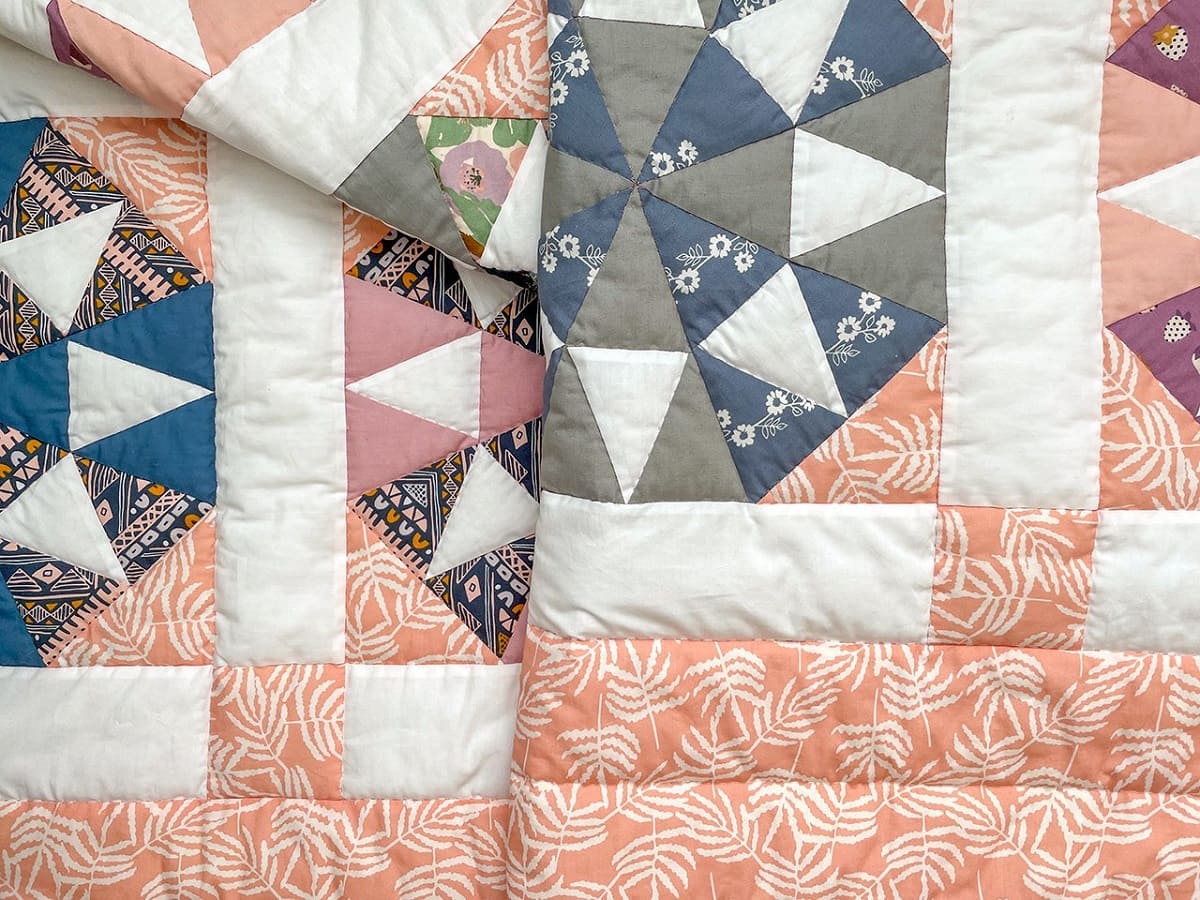
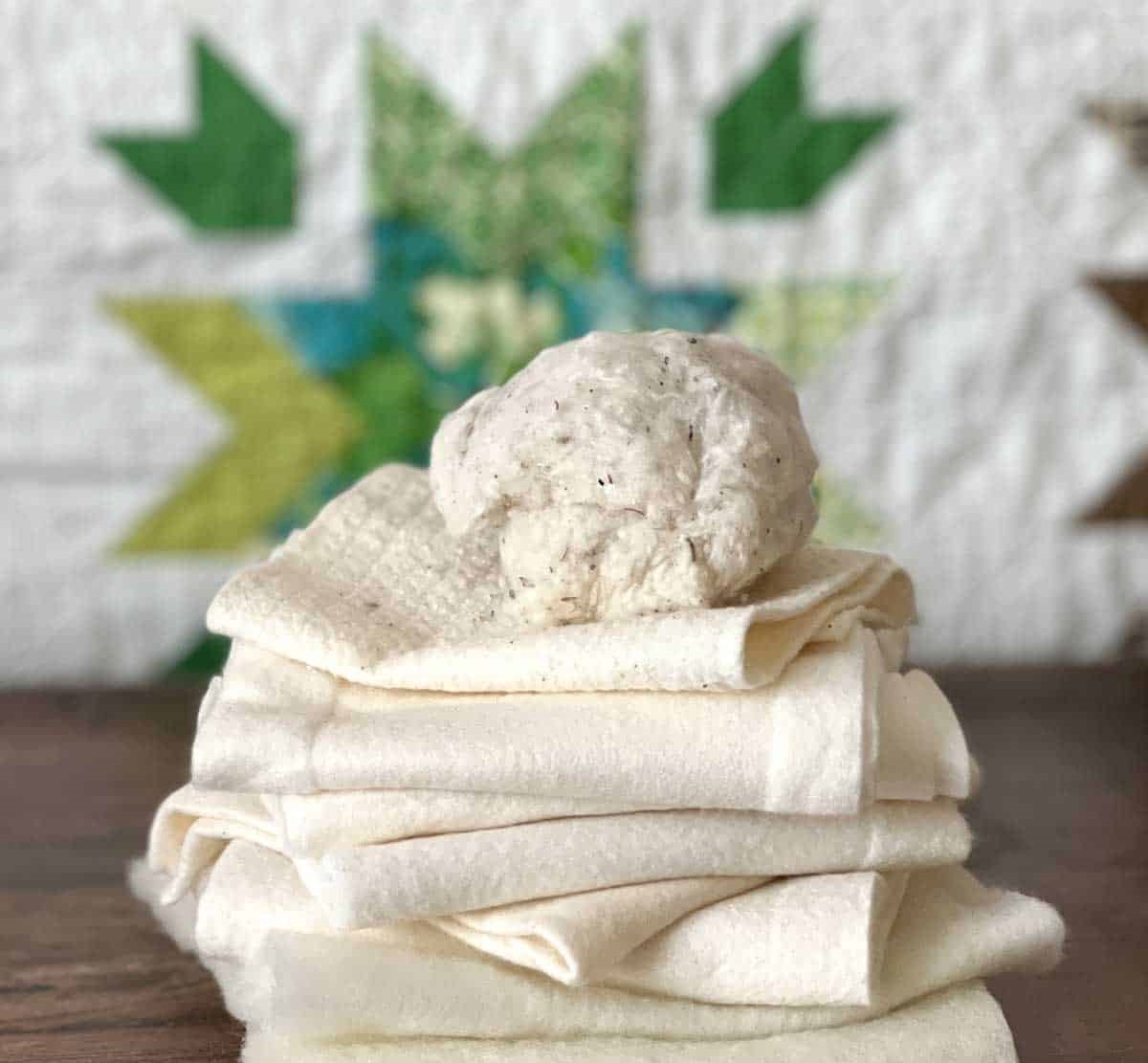
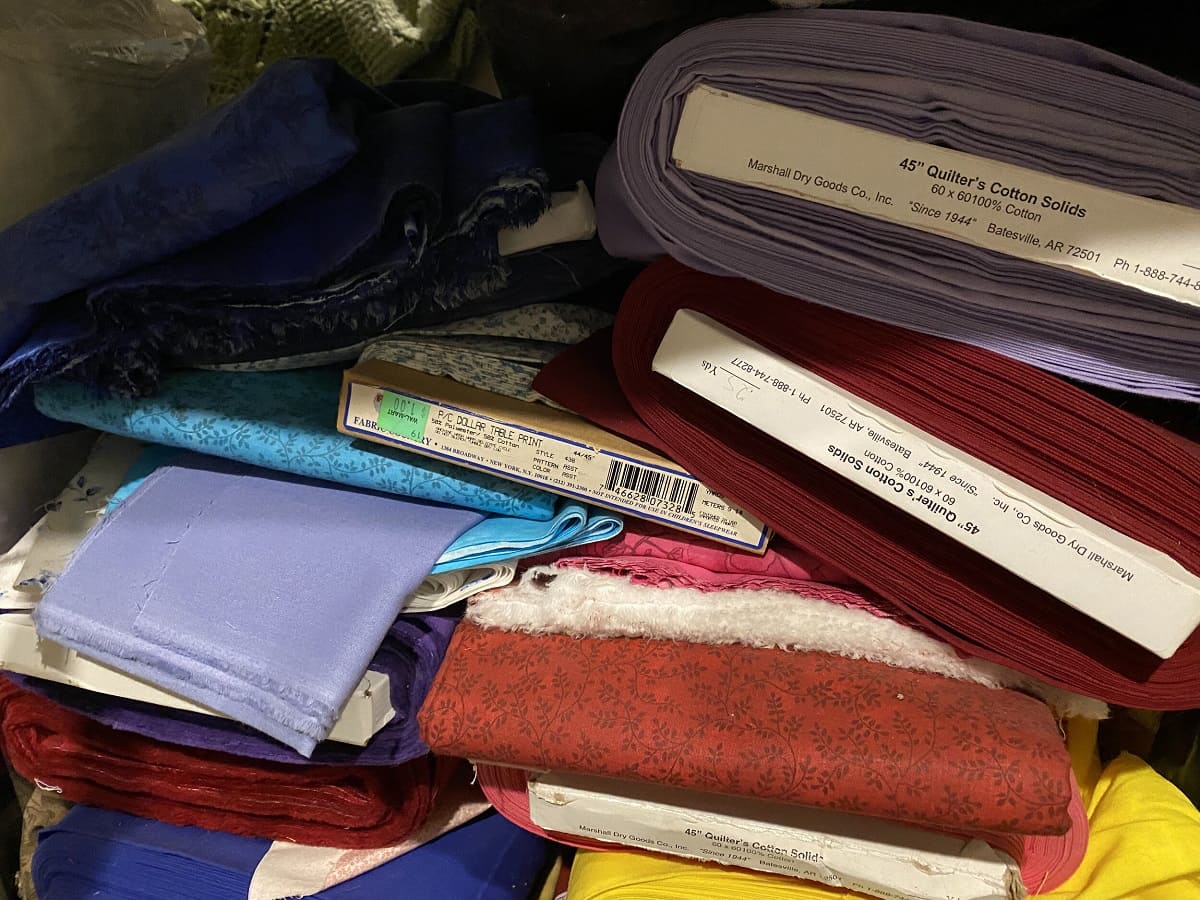
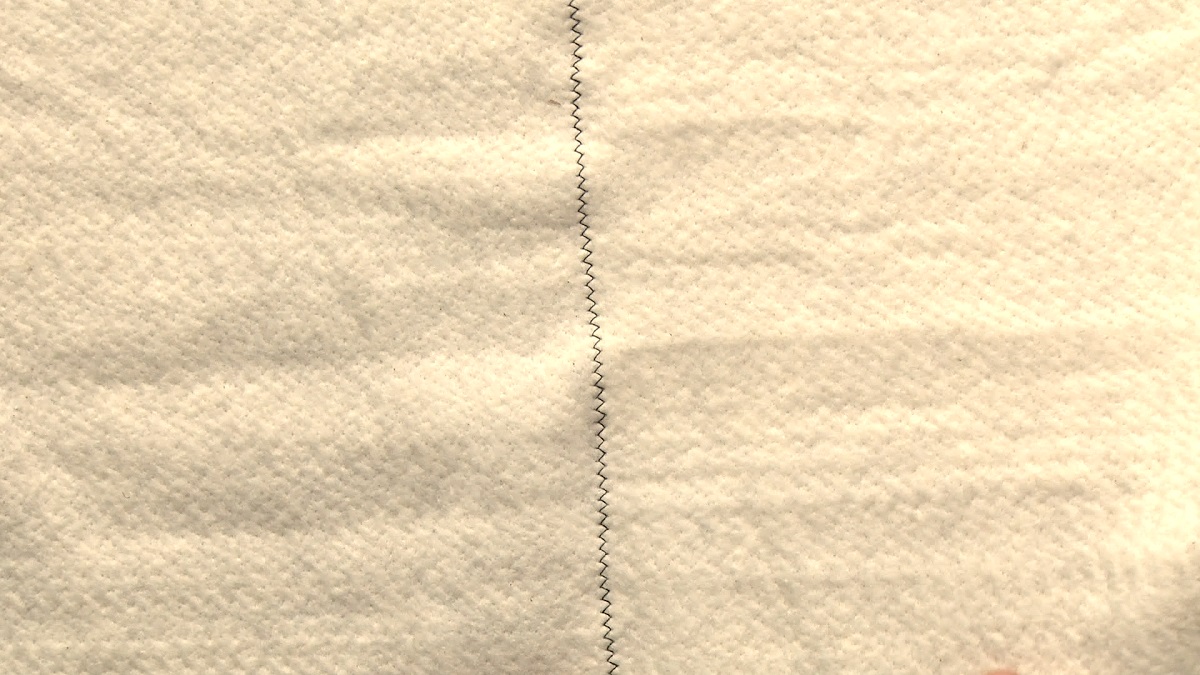
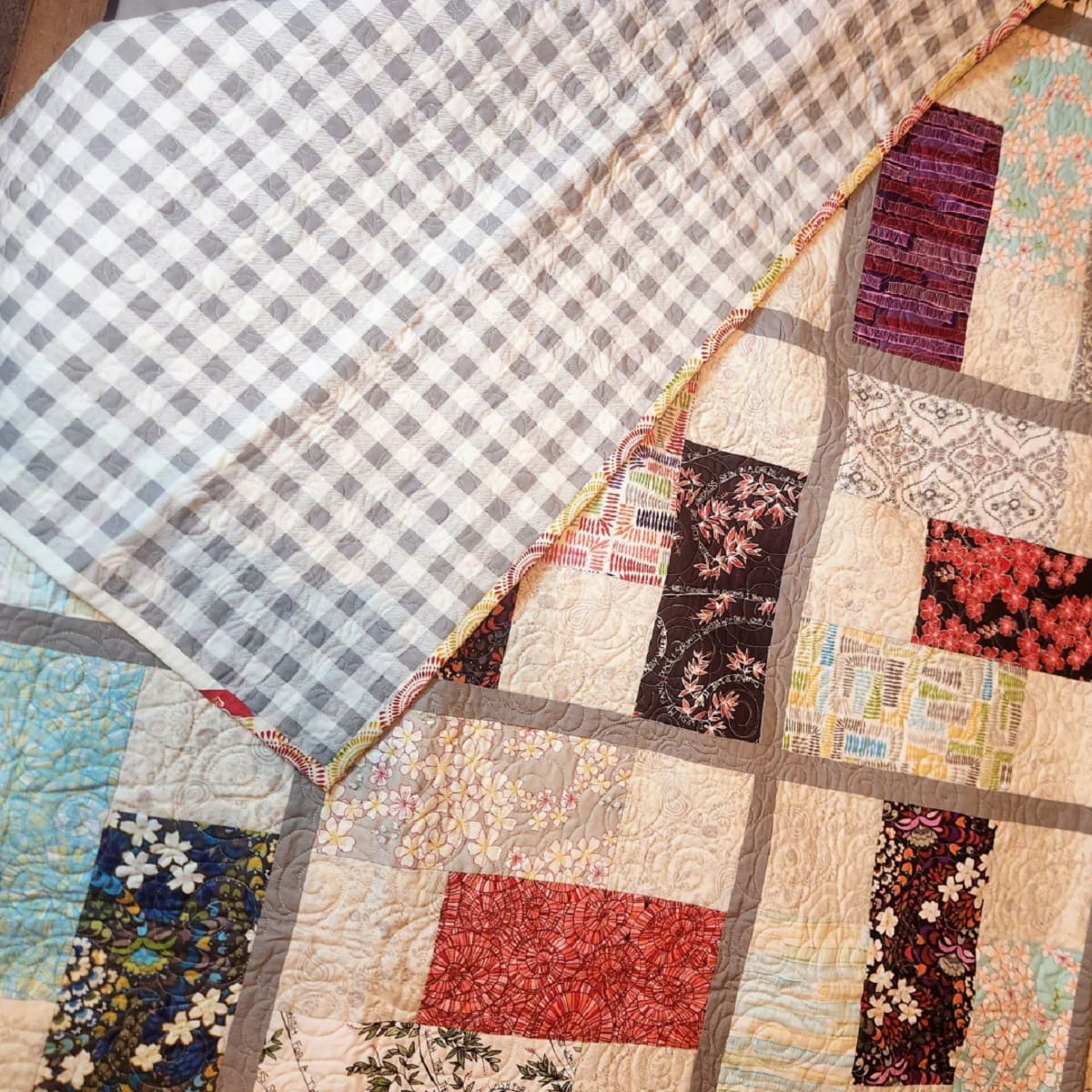
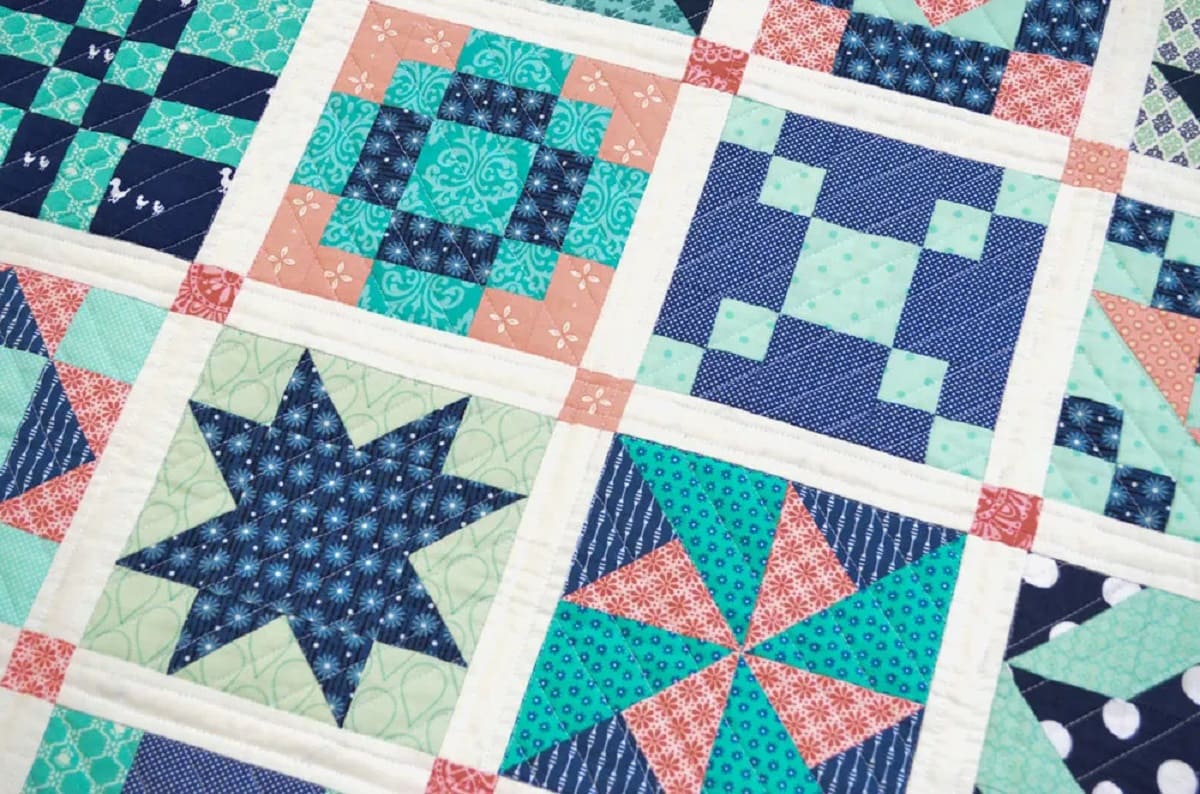
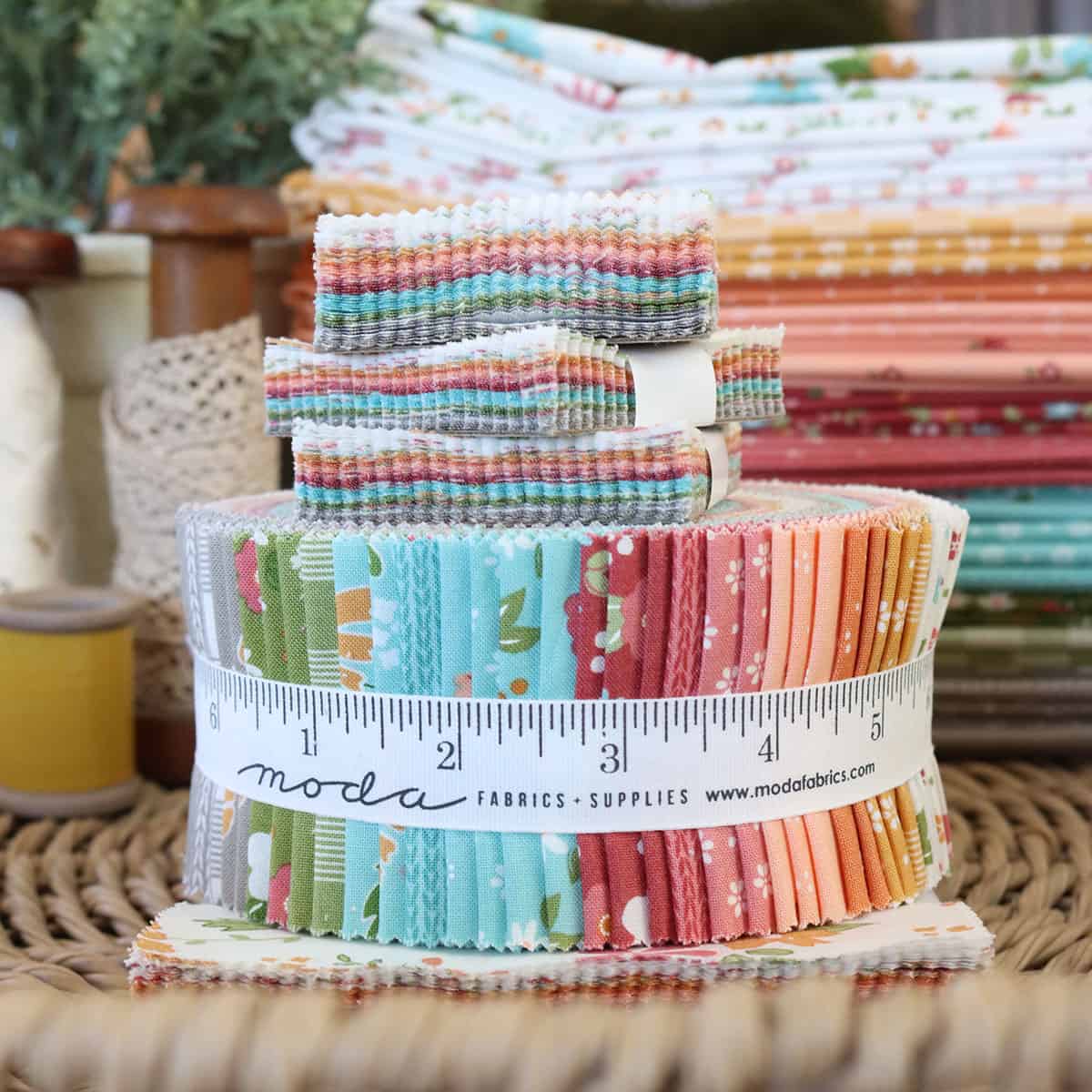
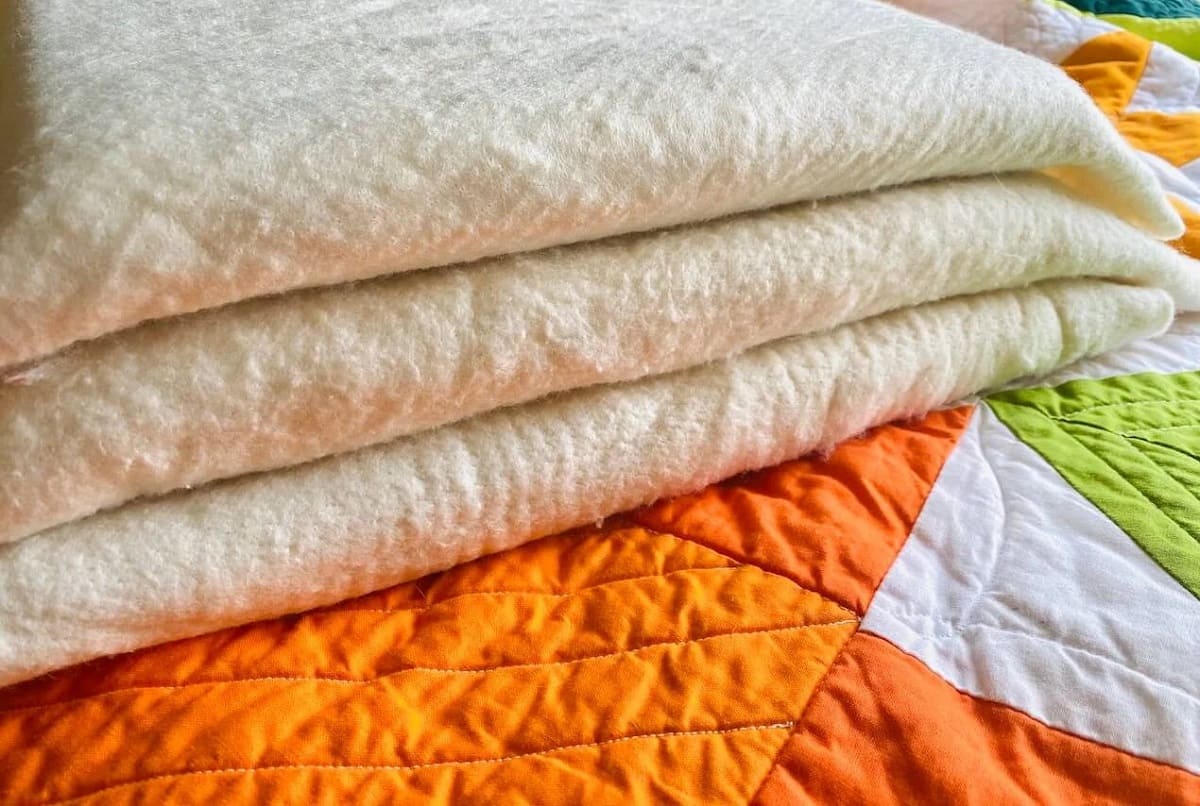
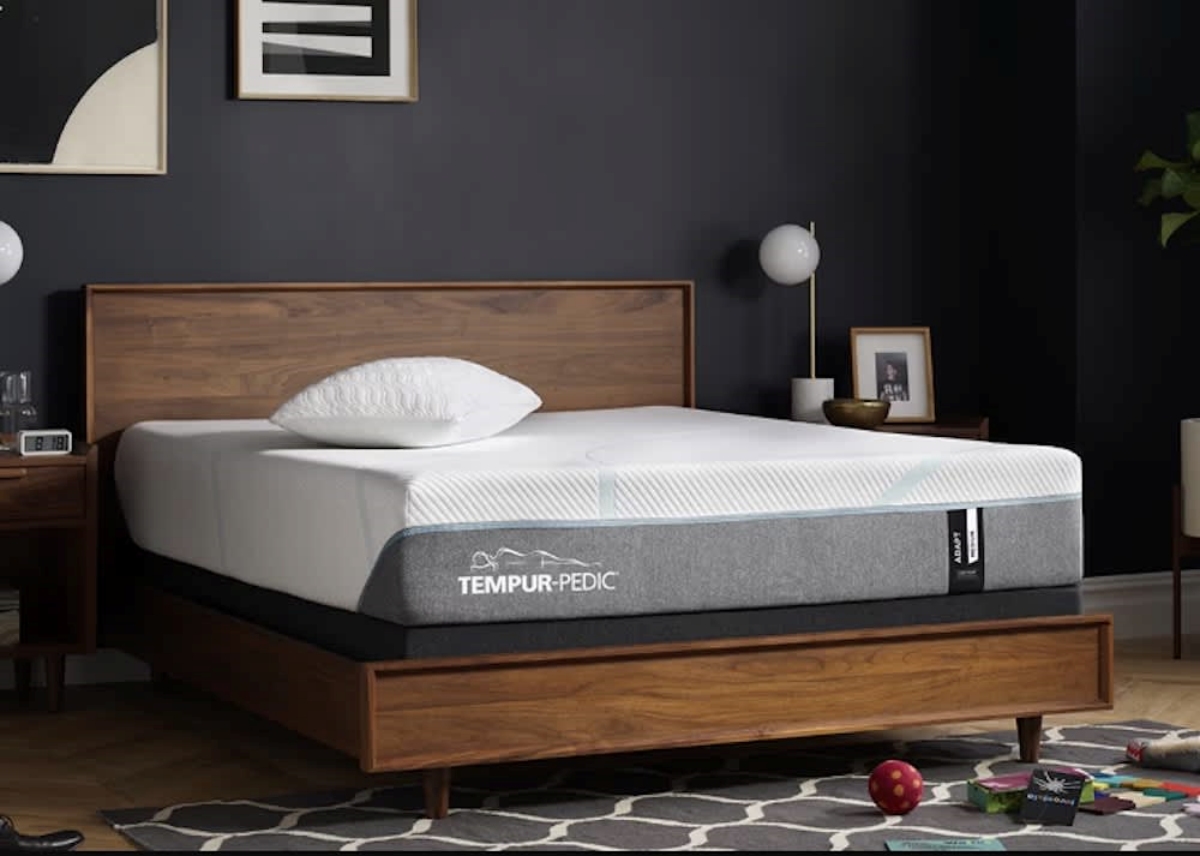
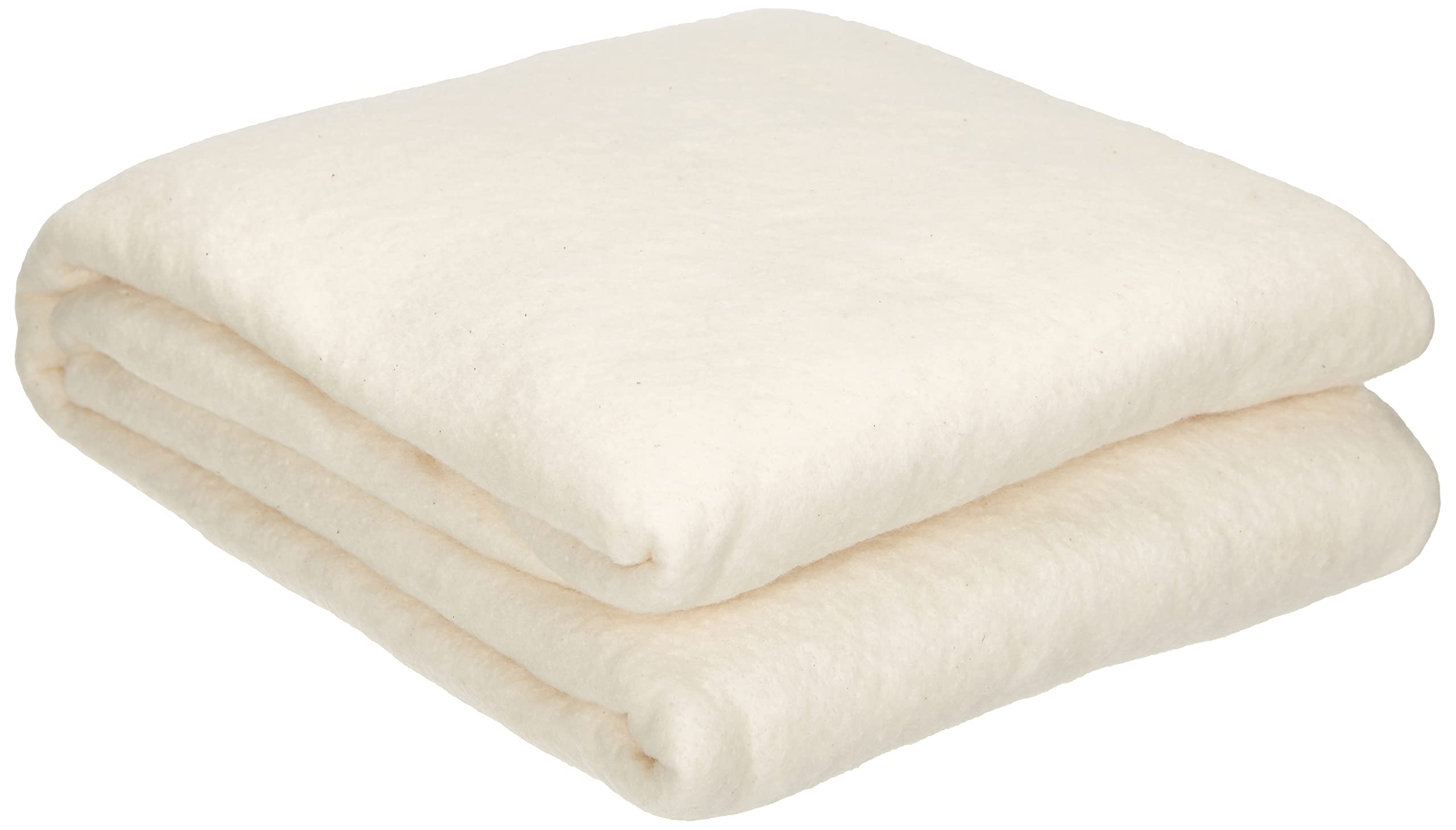
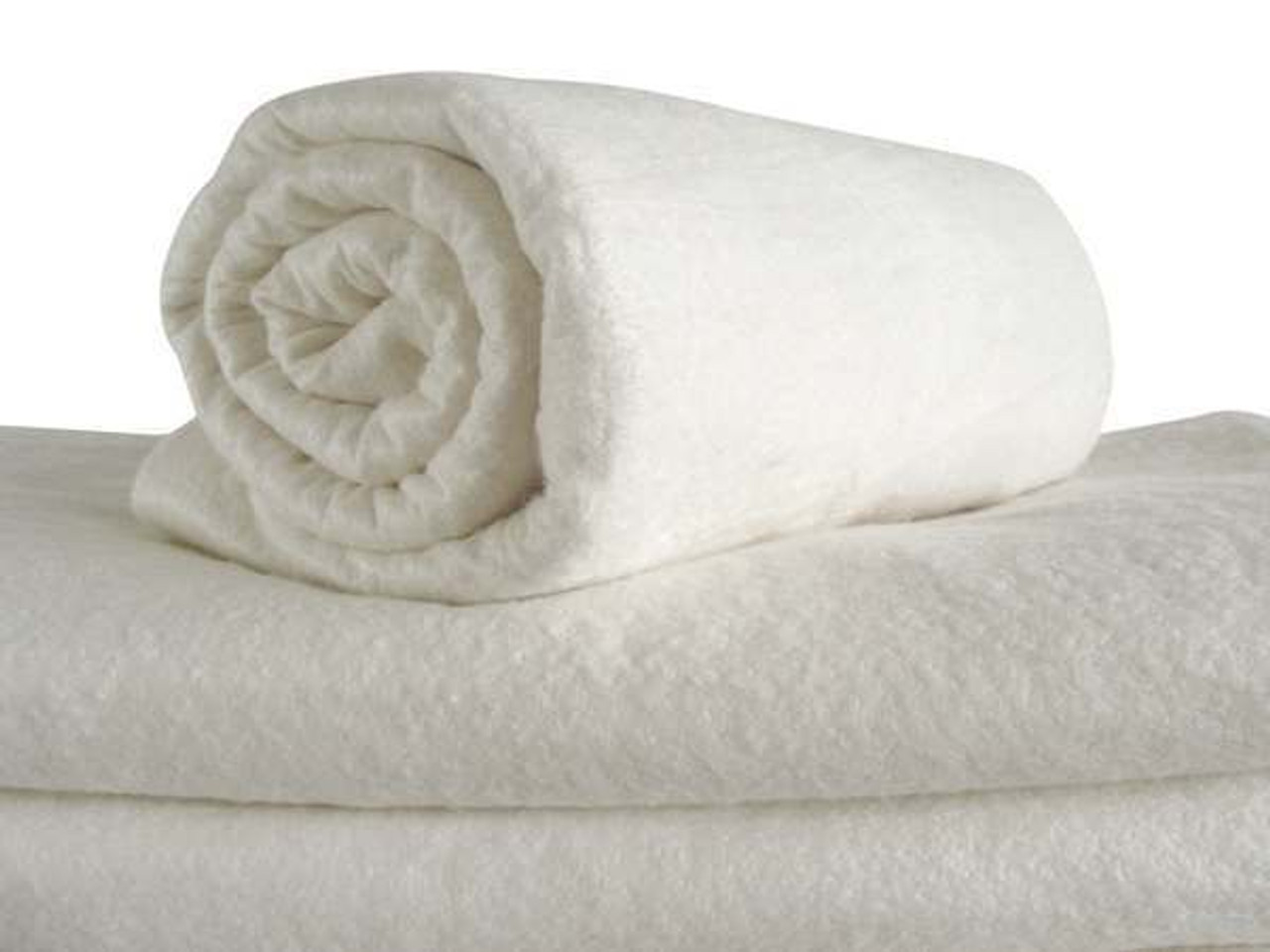
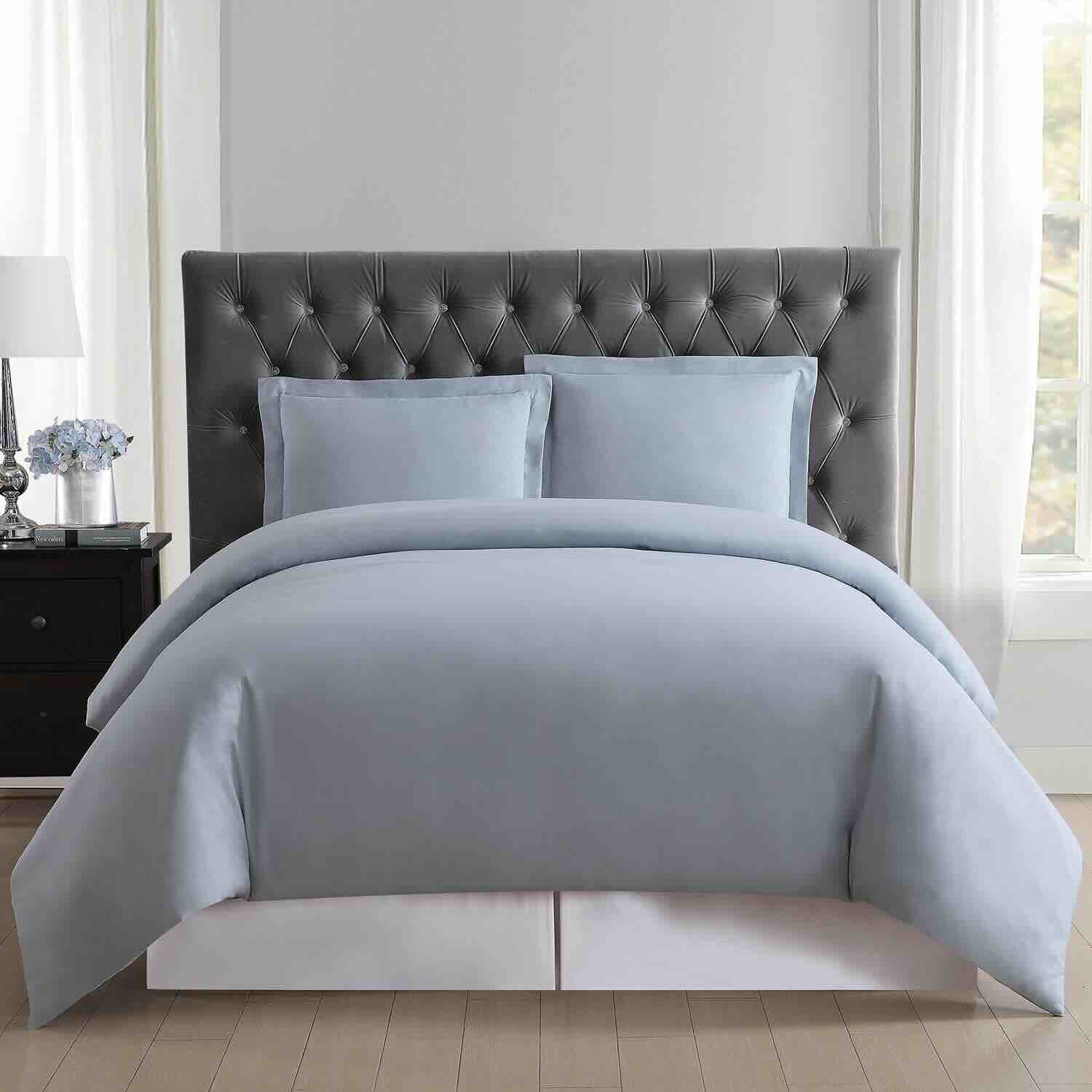

0 thoughts on “How Much Batting For A Queen Size Quilt”